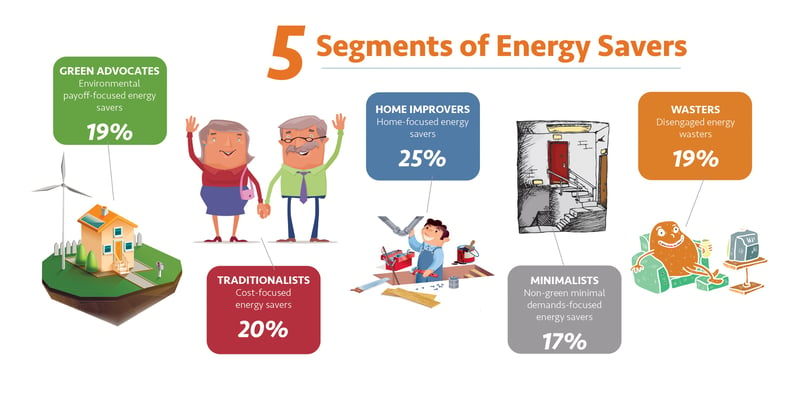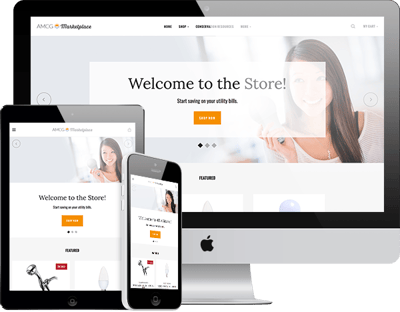Email marketing happens up close and personal—in your customer’s inbox. Learn to use that space wisely so you don’t get deleted, banished to junk or, the harshest fate of all, unsubscribed.

Used effectively, email marketing is a potent, cost-effective tool for driving online store sales, outperforming Twitter and Facebook. In fact, ROI for email marketing tops 4,300 percent, according to an oft-cited Direct Marketing Association report.
Email can drive traffic to your store, especially through the judicious use of incentives. According to Shopify, an e-commerce company, “70 percent of people make use of coupons or discounts they learn about from email and 60 percent of people say that receiving special offers is the top reason they subscribe to an email list from a business.”
Despite these impressive stats, a lot of marketing emails languish opened. As Ometria, a marketing firm that specializes in e-commerce, notes, “Batch and blast, mass-mailout, ‘one-size-fits-all’ e-commerce marketing is on its way out, and fast.”
Part of the problem is inadequate segmentation. Taking the time to differentiate your customers’ needs allows you to send them emails tailored specifically to them. Market segmentation among your potential energy efficiency consumers—identifying populations that respond similarly to commodities and marketing messages—can spur the adoption of your products and services.
The New Energy Efficiency Terrain
In general terms, a new, more conscious energy consumer is emerging. According to a 2013 McKinsey & Company white paper, “Using a consumer-segmentation approach to make energy-efficiency gains in the residential market,” 80 percent of customers are aware of energy efficiency and its benefits. And for most of those consumers, energy efficiency is the second-most important consideration for key home-improvement purchases.
Even so, many people are confused about newer technologies and their relative energy-efficiency performance. This white paper laid out a method for segmenting prospective energy efficiency customers, beyond the typical age, home size or zip code demographics. Their research identified five nearly equal consumer segments among US home owners and renters. These five segments can help marketers clearly differentiate the defining attitudes that their customer base holds—a boon for enhanced communications.
It can even stimulate the creation of a range of buyer personas, fictional representations of your buyers that can help determine their content needs, improve your email personalization and increase your email engagement.
Identify Your Segments
Among the five segments, notice that there is a huge range regarding the value of energy savings. Keep these disparities in mind when creating segmented content.

- Green Advocates: Those who are motivated by the environmental payoff of more efficient use of energy represent 19 percent of the market. They don't just care about their carbon footprint. They're also early adopters when it comes to new technologies.
- Traditionalists: This group (20 percent) of cost-focused energy savers is more excited about cost savings than environmental impacts. They are hard-hittingwhen it comes to saving but less interested in new technologies or programs.
- Home Improvers: Home-focused selective energy savers (25 percent) are driven by home improvements, with new technologies and cost savings considered a bounus - not the primary motivation. According to a white paper, "Market Segmentation and Energy Efficiency Program Design," published by California Institute of Energy and Environment (CIEE), enthusiasm for home improvements is high among all consumer segments.
- Minimalists: This group, defined as non-green selective enrgy savers (17 percent), don't want to think about energy savings but are compliant if the demands are minimal. They focus on set-and-forget options that let them save energy and costs, but they are not concerned about environmental issues. The CIEE report suggests this segment may be composed mainly of "low income families [who] may not own their homes, have old or inadequate equipment, be poorly educated on energy uses and have little time to manage their energy use."
- Wasters: Desengaged energy wasters (19 percent) are hard to access from a marketing viewpoint. They care neither about energy nor cost savings. These are the hardest nuts to crack and might not ever adopt energy efficiency products.
Focus on Pain Points
The upshot of both reports is that for energy efficiency products seeking broad buy-in, focusing the message on the environment may not be optimal. Issues such as cost, the attractiveness of leading-edge technology and home improvement have a wide-ranging appeal. You can use segmentation to craft messages to specific segments or use the most widespread concerns of your target audience to focus on a more universally appealing angle.
Either way, recognizing your consumers’ pain points and interests makes your email campaign more relevant. And in the email marketing world, relevance and engagement are inextricably linked.
Are you interested in launching your own customer-focused online store? Or do you need assistance driving traffic to an exisitng online store? Consider AMCG's Online Store Program.






